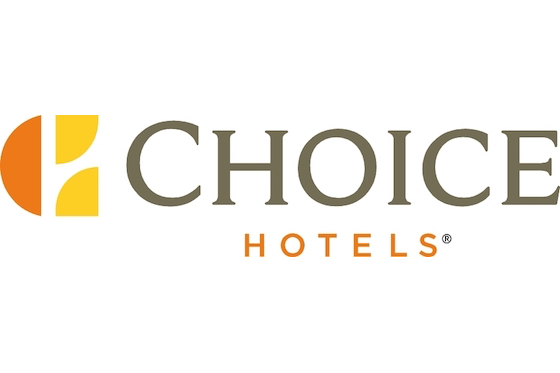A midscale market position with roadside locations is helping Choice Hotels International weather the coronavirus crisis and outperform peers.
Choice CEO Patrick Pacious told analysts Monday that occupancy rates have climbed since early April and reached 39% last week. Systemwide occupancy averaged above 30% since the week of April 12, according to the Rockville, Maryland-based company’s first-quarter earnings report (read the full report here).
As of May 6, 97% of the company’s 5,920 U.S. hotels were open, while fewer than 20% of the chain’s 1,210 international hotels had closed temporarily.

Most activity is coming from business travelers who usually represent a third of the group’s customer base. This includes truckers, logistics workers, traveling nurses, IT support specialists and trainers.
“They keep the country moving and have been staying at our hotels in the last eight weeks,” Pacious said.
He expects leisure travelers, representing the remaining two-thirds of the chain’s base, to lead the recovery. “We’ll get our share of pent-up demand when the stay-at-home order is lifted,” Pacious said. He expects consumers to “replace lavish trips with low-cost getaways.”
In the chain’s favor: inexpensive gas and consumer reluctance to fly. About 90% of the hotels are in drive-to locations in small towns, suburbs and at highway exits.
As a precautionary measure to enhance liquidity, Choice in April obtained a 364-day, US$250 million term loan, giving the company more than US$725 million in cash and available borrowing capacity. CFO Dominic Dragisich said the company has enough cash to sustain itself for three years at current occupancy levels and room rates.
The company reported first-quarter net income rose 84% to US$55.5 million, or 99 cents per share, from US$30.1 million, or 54 cents a share, in the same period last year. Revenue was essentially flat at US$218.2 million.
RevPAR declined 15% for the quarter and fell 37% in March as occupancy tumbled.
In April, RevPAR fell 60%. Dragisich attributed the RevPAR slide of the past eight weeks to weak occupancy (about two-thirds of the total) and rate (about one-third). “It’s positive to see that franchisees have not tried to chase demand that wasn’t out there by lowering rates,” he said.
The company noted that its WoodSpring Suites brand and extended-stay portfolio posted March occupancy of 72% and 69%, respectively, and continues to hold above 60%.
The company’s domestic pipeline of hotels awaiting conversion, under construction or approved for development as of March 31 reached 1,000 hotels and more than 80,000 rooms. The Comfort brand’s U.S. unit pipeline represents a quarter of the domestic pipeline.
Choice extended fee deadlines for 10% of its hotels, Pacious said. About 60% of the portfolio has occupancy above 25%, so not all franchisees require relief. About 90% of franchisees are small businesses and 70% have applied for government help under the U.S. Small Business Administration Paycheck Protection and disaster loan programs. Franchisees average two hotels with a relatively high level of equity, so the risk of foreclosure is low, Dragisch said in response to an analyst’s question.
Choice management is assisting franchises with online training to help reduce costs and by redeploying associates to boost sales efforts.
Dragisch said the company reduced its selling, general and administrative expenses by 25% and this year will suspend dividend and share repurchases.
“Despite the uncertainty, we remain optimistic that we’ll see sequential improvement in the back half of the year, spurred by the government stimulus and the anticipated pent-up travel demand,” Pacious said.
